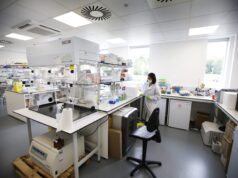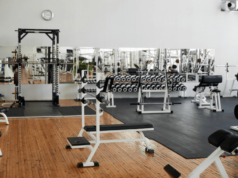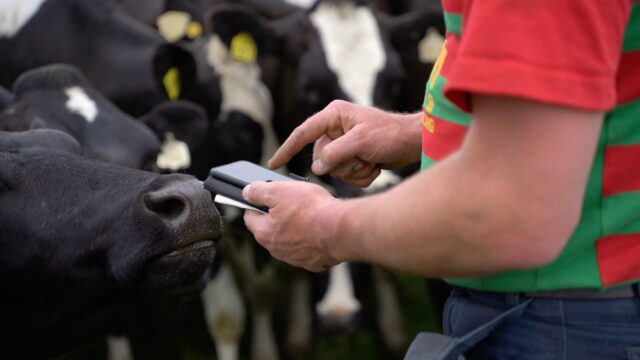
Are you worried about the latest trends in farm animal equipment? The 2025 landscape contains emerging innovations and advancements that can revolutionize your farming.
In this blog post, you will explore the newest and most innovative farm animal equipment for 2025 – from automated feeding systems to smart sensors – so you can make informed choices for your animals.
Get ready to learn the cutting-edge technologies transforming farming today!
Benefits of New Farm Animal Equipment
This equipment has revolutionized animal farming in recent years, making it safer and more efficient to raise healthy livestock. There are numerous benefits to the latest developments in farm animal equipment which include increased cost savings, improved animal welfare and health, and higher quality products for the consumer.
The new designs in farm animal equipment offer various technological advancements that improve efficiency, reduce labor costs, and improve overall performance for farmers. Automated feeders can be programmed to dispense specific amounts of feed at predetermined times, significantly reducing labor demands.
One specific development in farm animal equipment that has greatly improved cattle farming is the introduction of new and improved cattle troughs that promote more efficient feeding and reduce feed waste.
Other advancements include controlled temperature units that provide optimal climatic conditions within housing systems for maximum production performance. The latest seasonally-adjustable ventilation systems allow operators to adjust the ventilation rates according to changing environmental conditions to protect animals from overheating during hot days or draughty weather during cold periods.
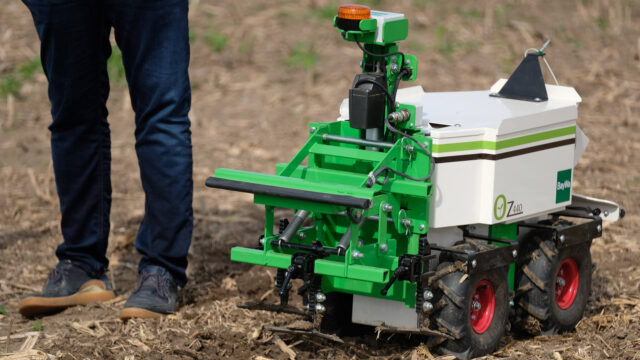
The use of intelligent monitoring technologies such as sensors is also becoming increasingly popular among farmers allowing them better access to real-time data on their animals’ health, movement patterns, and behavior when caring for their animals.
This improves the accuracy of herd management decisions such as adjusting stocking densities or managing disease outbreaks to maximize production performance while complying with stringent industry standards on animal welfare safety protocols.
Challenges with Implementing New Farm Animal Equipment
Implementing new farm animal equipment can come with compliance, safety, and cost concerns that take a special level of awareness and understanding to address correctly. Starting a careful analysis of regulations in the field of animal welfare is paramount for any new farm animal equipment introduction.
Outdated equipment may put both animals and workers at risk from subpar performance or safety-related dangers. Understanding performance requirements is essential to limit any liabilities associated with malfunctioning equipment.
Furthermore, higher costs may be incurred when supplying the considerably more precise components required by many newer products on the market.
Lead times for ordering specialized parts must also be addressed when attempting to implement the latest trends in innovation. Quality assurance protocols established during pre-market adjustments are essential for viable user satisfaction over multiple years of usage before an upgrade to newer models can be explored.
Ultimately, these steps will help optimize safety requirements while ensuring longer-term cost-effectiveness and productivity within the farm environment.
Trends in Farm Animal Equipment for 2025

Each year, new developments and trends arise in the farm animal equipment industry as manufacturers look to improve efficiency and productivity in livestock operations. In this report, we will outline the newest trends in livestock equipment that are likely to take shape as we move into 2025.
The first trend to watch out for is data-driven solutions. Over the past few years, new data-collection technologies have been developed to help farmers make more informed decisions about how their animals behave and what resources they need.
In particular, manufacturers are developing equipment that can track real-time events such as water temperature, feed quality, or herd size while also predicting the future needs of the animals based on current conditions.
Finally, producers will continue to see improvements in existing designs of traditional equipment such as hoof trimmers or machines used for sorting cattle according to age class or weight.
Over the next several years, these tools will become increasingly sophisticated and more efficient with features such as automated sensors and advanced calculation capabilities built into them.
As farms strive for higher levels of efficiency and accuracy, these advances will certainly help them reach their goals faster than ever before.
Impact of Farm Animal Equipment on Animal Welfare
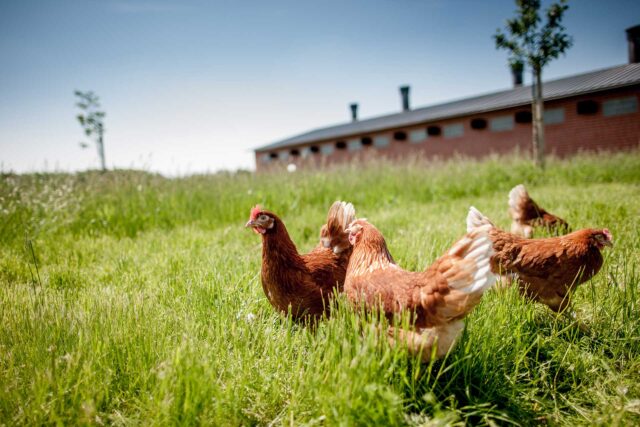
The ability to track health metrics such as body weight, body temperature, and environmental conditions via sensors has allowed farmed animals increased freedom and comfort while providing valuable data for farmers.
Automation can reduce labor costs as well as optimize efficiency across various processes including feed purchasing and livestock management. Automated operations expand upon existing practices including barns with built-in Nesting Zones, Wandering Feeding Stations, Mobility Support Systems, and more.
These developments have impacted not only the housing but also other areas such as nutrition planning, disease prevention, and treatment protocols, health monitoring activities, and diagnostics analysis.
Both technological innovations & legal intervention can act upon each other & form dynamic environments which create substantial changes within this industry – resulting positively towards animal welfare & economic gains in parallel resulting from improved efficiency gains on behalf of producers & retailers across the whole supply chain system.
In terms of end product quality this impacts upon consumers’ understanding & expectations side compromising between ethical sourcing production practices alongside a profitable business enterprise operation ultimately leading towards providing better outcomes all around relevant stakeholders involved herein the agriculture sector worldwide.
Conclusion
In summary, there have been many advances in the farm animal equipment industry in recent years. The innovations mentioned in this article, both planned and existing, will all play a role in the ongoing development of the industry. New developments are being made all the time and more products are being introduced to the market.
Every year, innovative ideas come out of engineering teams who want to meet new challenges and improve existing processes. This is resulting in greater safety for farm animals and greater efficiency from technology as well as improved lifestyle issues. Companies must keep up with these trends if they want to stay competitive in the future.
In conclusion, it can be said that with all of these improvements, we may see a future where farm animals are provided with better care and comfort than ever before.


